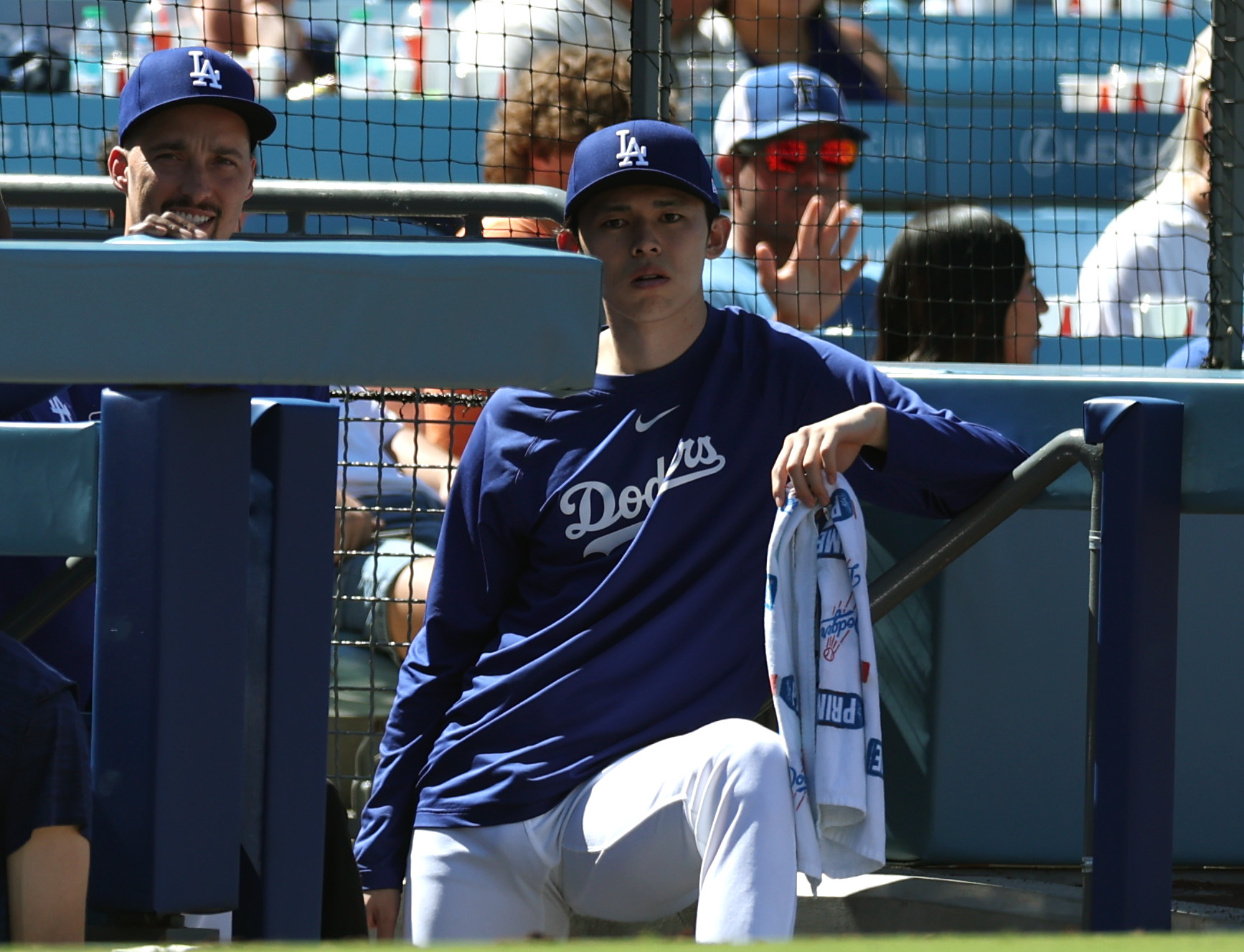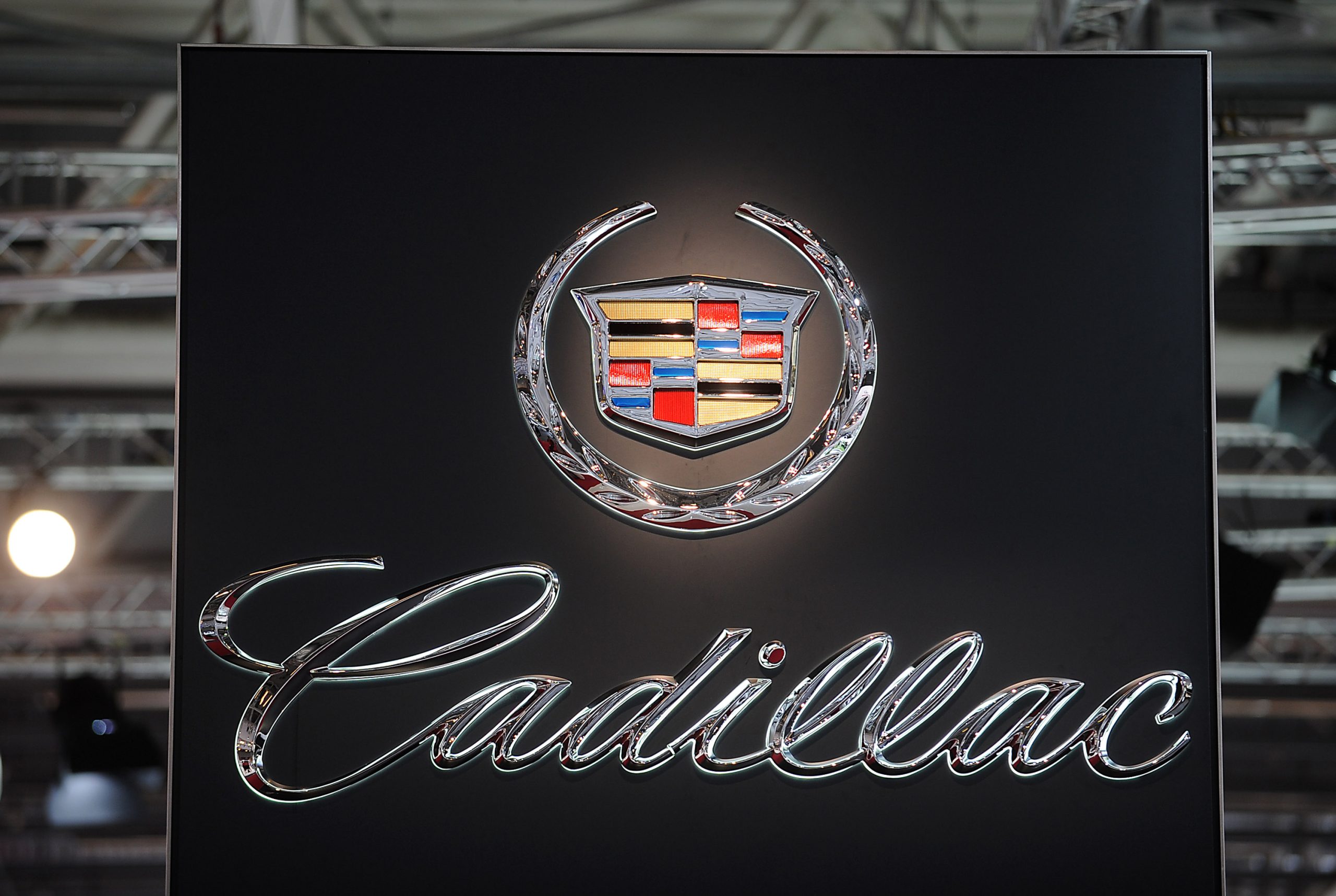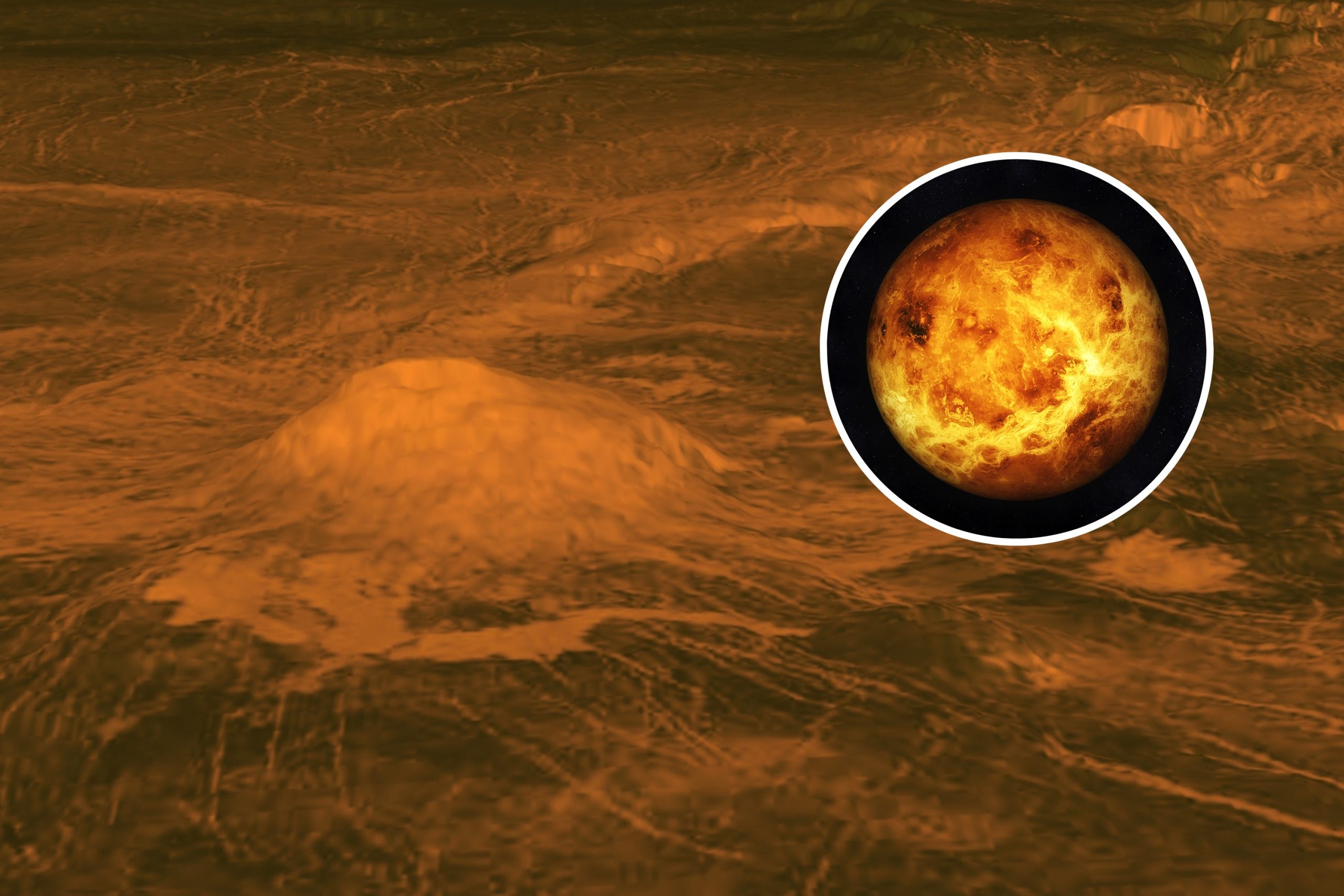
The crust of volcanically active Venus could be churning with convection currents just like the Earth’s mantle.
This is the conclusion of researchers from the Washington University in St. Louis, who believe such a phenomenon could explain the movement of heat within our hot neighbor and the distribution of the tens of thousands of volcanoes that punctuate its surface.
Just like how paraffin wax rises and cools in a lava lamp, convection within planets sees hot materials rise and cool materials sink, forming a sort of conveyor belt of movement.
“Nobody had really considered the possibility of convection in the crust of Venus before,” said paper author and planetary scientist professor Slava Solomatov in a statement.
“Our calculations suggest that convection is possible and perhaps likely. If true, it gives us new insight into the evolution of the planet.”
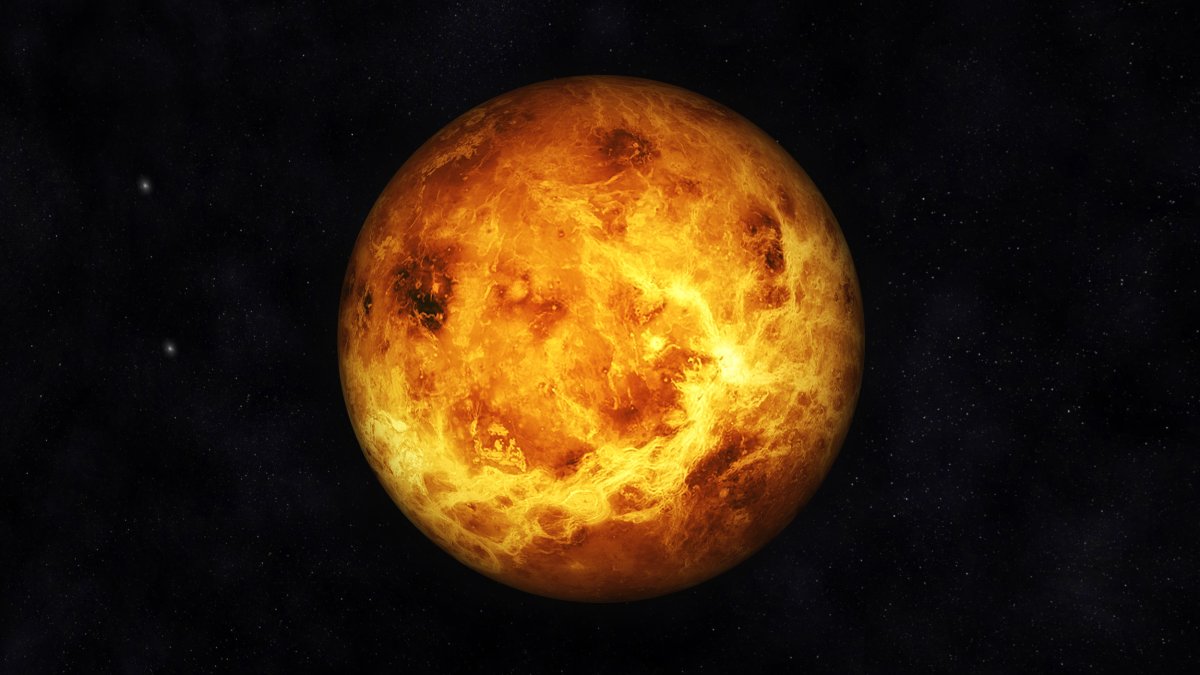
3quarks/iStock / Getty Images Plus
On Earth, convection occurs within the mantle—providing the driving force for plate tectonics—as well as within our planet’s liquid outer core.
At just some 25 miles thick in the case of continents and 4 miles thick under ocean basins, Earth’s crust is, in contrast, far too thin, cool and rigid to support convection processes.
The crust of Venus, however, is thought to get much thicker—up to 56 miles in certain places, Solomatov noted.
Given both this and the favourable composition and hotter temperature of the Venusian crust, the planetary scientist began to suspect that the neighboring world might be able to support a convectional conveyor belt within its crust.
In their study, Solomatov and fellow planetary scientist Chhavi Jain modeled the geology of Venus to determine if crustal convection was indeed feasible.
The duo had previously used a similar approach to show that convection was unlikely within the mantle of Mercury, a world that is too small and has cooled down too much since its formation some 4.5 billion years ago.
In contrast, Venus is a toasty world, with surface temperatures that can hit 870 degrees Fahrenheit. In fact, volcanoes and other surface features on the planet clearly exhibit signs of melting.
The researchers’ modeling suggests that the crust is hot and thick enough to support convection—potentially addressing a long-standing question about how heat from the planet’s interior reaches the surface.
“Convection in the crust could be a key missing mechanism,” said Solomatov.
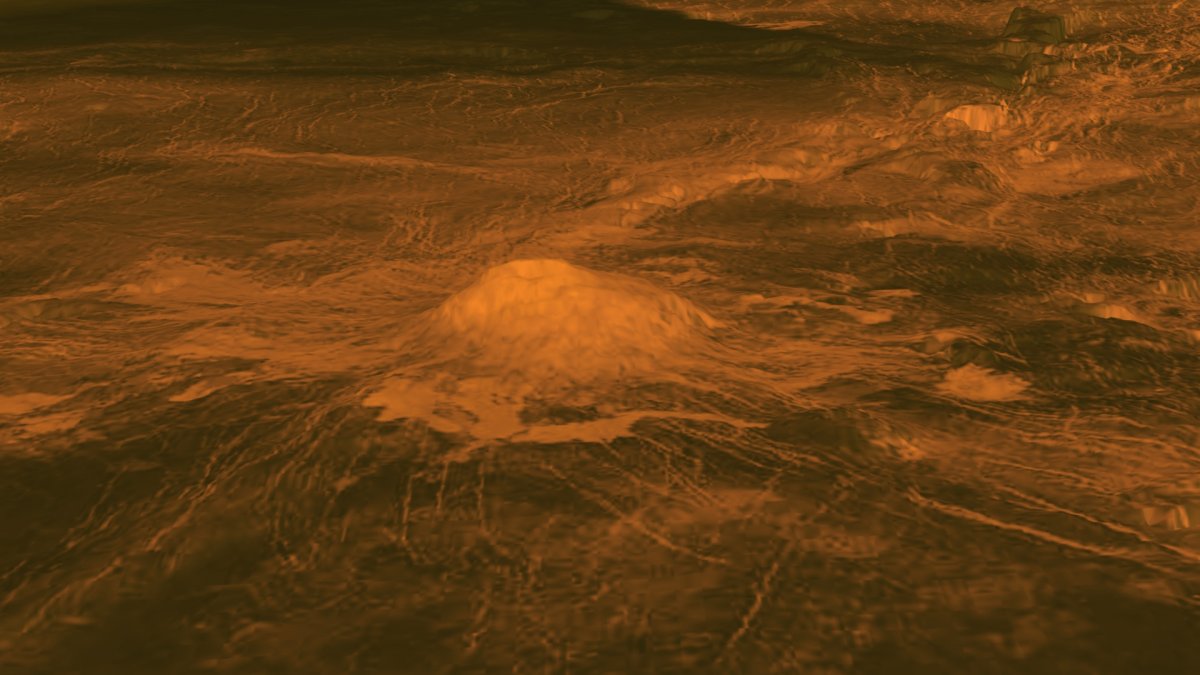
NASA / JPL-Caltech
Convection near the surface of Venus’s crust could also be affecting the nature and distribution of volcanoes across the planet’s surface, Solomatov explained.
Follow-up work, the planetary scientist added, could explore integrating the modelling of a convecting Venusian crust with observations of volcanic activity on the planet’s surface.
Future missions to Venus could also supply additional data on the density and temperature of the planet’s crust, which could be used to test the researchers’ hypothesis.
If crustal convection is indeed taking place, then some areas of Venus’s crust should be found to be warmer and less dense than others.
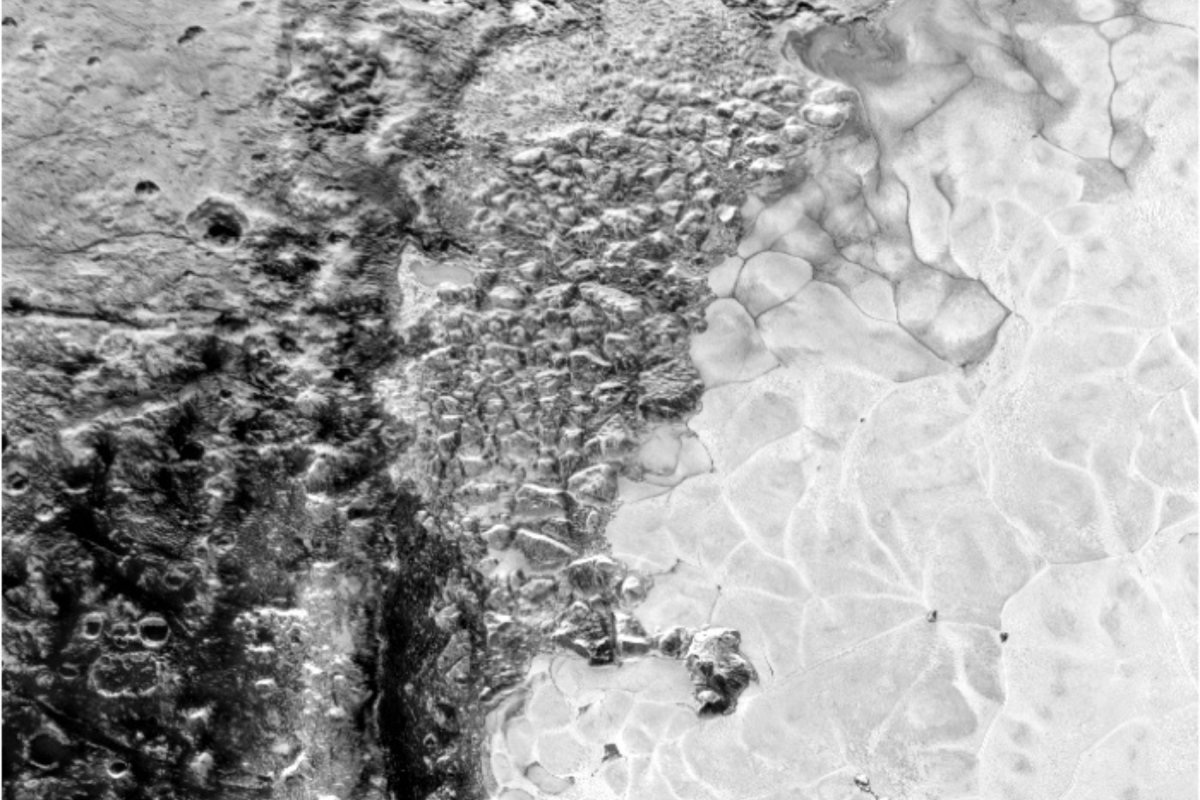
NASA / JHUAPL / SwRI
The research may also have applications in the study of Pluto; images of the dwarf planet taken by the New Horizons spacecraft in 2015 revealed polygonal patterns on the surface of the Sputnik Planitia region that resemble plate boundaries here on Earth.
These “polygons” are formed by slow convection currents moving within a 2.5-mile-thick layer of solid nitrogen ice.
“Pluto is probably only the second planetary body in the solar system, other than Earth, where convection that drives tectonics is clearly visible on the surface,” said Solomatov.
He concluded: “It’s a fascinating system that we still need to figure out.”
Do you have a tip on a science story that Newsweek should be covering? Do you have a question about Venus? Let us know via science@newsweek.com.
References
Jain, C., & Solomatov, V. S. (2024). Analysis of the Cessation of Convection in Mercury’s Mantle. Journal of Geophysical Research: Planets, 129(9). https://doi.org/10.1029/2024JE008365
Solomatov, V. S., & Jain, C. (2025). On the possibility of convection in the Venusian crust. Physics of the Earth and Planetary Interiors, 361. https://doi.org/10.1016/j.pepi.2025.107332


